As global capital looks for resilient growth and undervalued opportunity, Central and Eastern Europe (CEE) is increasingly standing out. Edgar Kolesnik, Partner at Abris Capital Partners, shares why the region offers far more than macro tailwinds. From underpenetrated markets and exceptional management talent to Abris’ hands-on value creation and ESG integration strategy, Kolesnik outlines how disciplined investors can unlock returns—and resilience—across Emerging Europe’s fragmented but fast-growing mid-market landscape.

What makes Emerging Europe an attractive investment destination today—beyond the standard macroeconomic narrative?
Emerging Europe (EU-11) offers a unique combination of structural growth, limited competition, and exceptional talent. First, the convergence story is real: while 25% of the EU's population resides in Central Europe (EU-11), they contribute only ~10% of GDP, leading to GDP growth nearly double that of Western Europe. Since 2004, Poland has doubled its economic size; Romania and Lithuania have grown ~85%, far outpacing Western peers.
Second, the private equity market remains underpenetrated. A rich supply of SME opportunities exists, often requiring support for succession, professionalization, digitization, or international expansion. The scarcity of capital means more favorable entry points and value creation potential.
Lastly, the ambition and energy of management teams in the region stand out. Central European executives are highly skilled, educated (particularly in STEM fields), and cost-efficient. Labor costs remain around half the EU average, while workforce quality continues to rise. This drive and adaptability are key differentiators in building resilient, high-performing businesses.
How has the quality and availability of mid-market deal flow evolved over the last 18 months?
Over the past two years, we’ve reviewed over 300 mid-cap deals, primarily in Poland and Romania, with equity tickets of €20–40 million. Roughly three-quarters of them fall into our three core verticals: technology, healthcare, and specialized manufacturing (including consumer and industrial goods).
What matters most to us isn’t just sector exposure but the micro-level dynamics: the company’s market positioning, the leadership team’s ability to drive transformation, and whether the business can be made attractive to strategic buyers.
How does Abris compete in sourcing and scaling high-quality businesses in a fragmented mid-market?
We follow a "sell-before-you-buy" approach. That means starting with a clear vision of the exit profile - typically a market leader in a high-growth niche - and building a value creation strategy backward from there.
Buy-and-build is central to this. In most cases, our platform investments include three add-ons. A standout example is Alsendo: when we acquired it, the business had €6M in revenue and was Poland’s largest shipping services provider. Today, it’s the leading tech-enabled delivery management platform in Central Europe, with over €20M in sales.
That transformation involved:
11 acquisitions (5 cross-border)
A shift to SaaS and software (now 30%+ of revenues)
Geographic expansion (serving clients in 20+ markets)
Full professionalization, including a new CEO and data-driven operations
What is your perspective on the exit environment for mid-sized companies in CEE?
Despite challenging macro and geopolitical conditions, we completed five exits in the past year, delivering over €1 billion in value. Buyers- both strategic and financial - reward well-prepared assets. Premium valuations are achievable when companies are clearly positioned with scalable business models, strong governance, and credible ESG strategies.
For Tier 1 assets, interest and pricing remain strong. But for Tier 2 businesses, volatility and investor caution mean slower processes or delays. Exit readiness is now more important than ever.
How does Abris embed ESG at the operational level, and what impact does it have?
ESG is fully integrated into our investment and value creation strategy. We track over 600 ESG data points annually across our portfolio - not just to manage risks, but to identify growth and efficiency levers.
We embed ESG improvements into operational KPIs, and we train our management teams to treat ESG as a strategic advantage. At exit, we deliver a comprehensive Sustainability Strategy to buyers. In several recent exits, this has been an important factor in achieving premium valuations.
What would you say to LPs still hesitant about Emerging Europe?
Emerging Europe is often misunderstood - too developed for "emerging markets" buckets, yet unfamiliar to Western LPs. But the fundamentals are compelling:
EU and NATO integration (EU-11)
A 100M+ population region contributing just ~10% of EU GDP (room for convergence)
Consistent GDP outperformance vs. Western Europe
A deep, cost-effective talent pool
Growing reshoring and supply chain localization
Most importantly, Central Europe offers growth but lacks capital - a rare mismatch that creates outsized opportunities. In an era of global uncertainty, Central Europe stands out as a region where disciplined investors can generate both returns and resilience.

